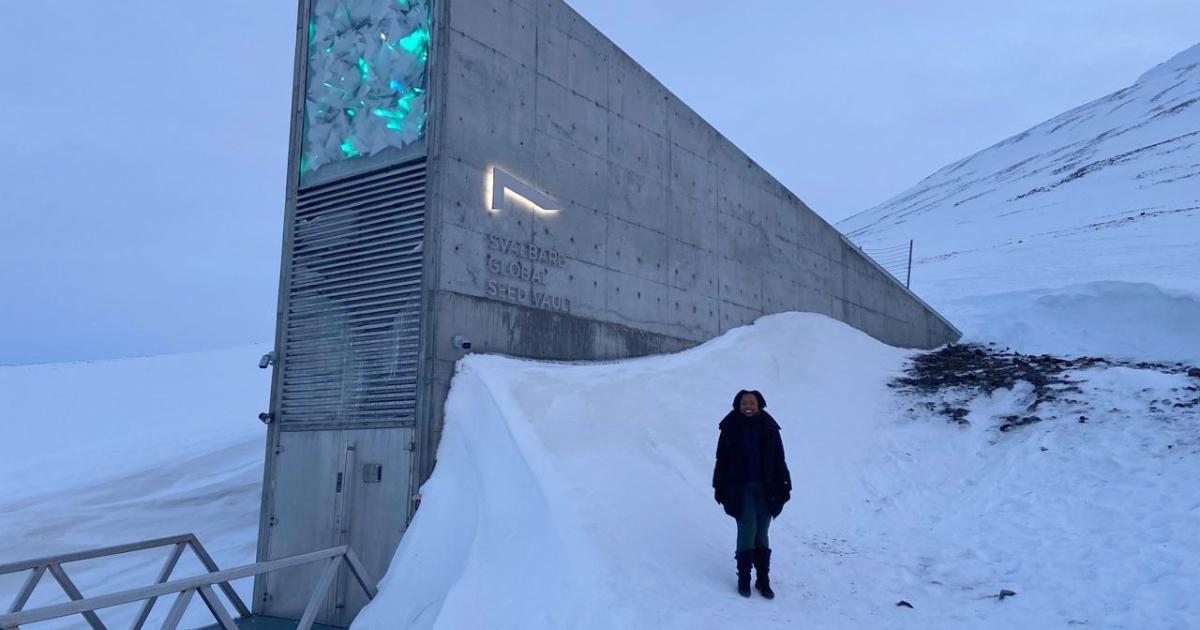DOI:
https://doi.org/10.1016/j.geoderma.2019.06.043Altmetric score:
Dimensions Citation Count:
Publication year
2019
Authors
Johnson, J.M.; Vandamme, E.; Senthilkumar, K.; Sila, A.; Shepherd, K.D.; Saito, K.
Language
English
Keywords
soil fertility, phenology, ecosystems, ecological restoration, climate change, forests, soil, spectroscopy
Geographic
Benin, Burkina Faso, Cameroon, Côte d'Ivoire, Ghana, Mali, Niger, Nigeria, Rwanda, Senegal, Tanzania, Gambia, Togo, Uganda, Chad, Ethiopia, Madagascar, Sierra Leone, Democratic Republic of the Congo, Guinea






















